On July 8, 2021 The President of the Republic of Guinea-Bissau, Umaro Sissocó Embaló, made a state visit to Cape Verde. The following day, President Embaló layed down a wreath at the Amílcar Cabral Memorial in Praia, stating,
“Cabral is Cape Verdean, we value our fighters and it is Cape Verdeans who know whether or not they value a worthy Cape Verdean son. . . . He is Cape Verdean and Guinean, too . . . “
For some, President Embaló’s statement only compounded the mystery and confusion surrounding Amilcar Cabral’s ancestry. Why would the President of Guinea Bissau not claim Guinea Bissau’s greatest hero?
To be sure, the entry for Amilcar Cabral in Wikipedia states,
“Cabral was born on 12 September 1924 in Bafatá, Guinea-Bissau, to Cape Verdean parents, Juvenal Antònio Lopes da Costa Cabral and Iva Pinhel Évora, both from Santiago, Cape Verde. His father came from a wealthy land-owning family. His mother was a shop owner and hotel worker in order to support her family, especially after she separated from Amílcar's father by 1929. Her family was not well off, so he was unable to pursue higher education. Amílcar Cabral was educated at Liceu (Secondary School) Gil Eanes in the town of Mindelo, Cape Verde, and later at the Instituto Superior de Agronomia, in Lisbon, Portugal. . . . “
Thus, one would get the impression that Amilcar Cabral was, indeed, born of Cape Verdean parents, albeit in the Bafatá region of Guinea Bissau.
I have always admired and been inspired by Amilcar Cabral. So when my good friend, Quintino Medi recently went to Bafatá to visit Amilcar Cabral’s home, I was very interested. As a Balanta descendant who suffered eight generations of ethnocide in the United States and recently re-discovered my own roots in Guinea Bissau, I found it curious that no one could tell me the ethnic origin of Guinea Bissau’s hero and most famous son. We heard rumors that Amilcar Cabral was a Balanta, but we learned this wasn’t true - Amilcar Cabral was associated with Balanta because they shared the same fighting spirit and love of freedom, and Cabral worked closely with the Balanta to win the independence struggle against the Portuguese.
Now, for the first time, my friend Quintino Medi clears up the mystery of Amilcar Cabral’s roots in Guinea Bissau.
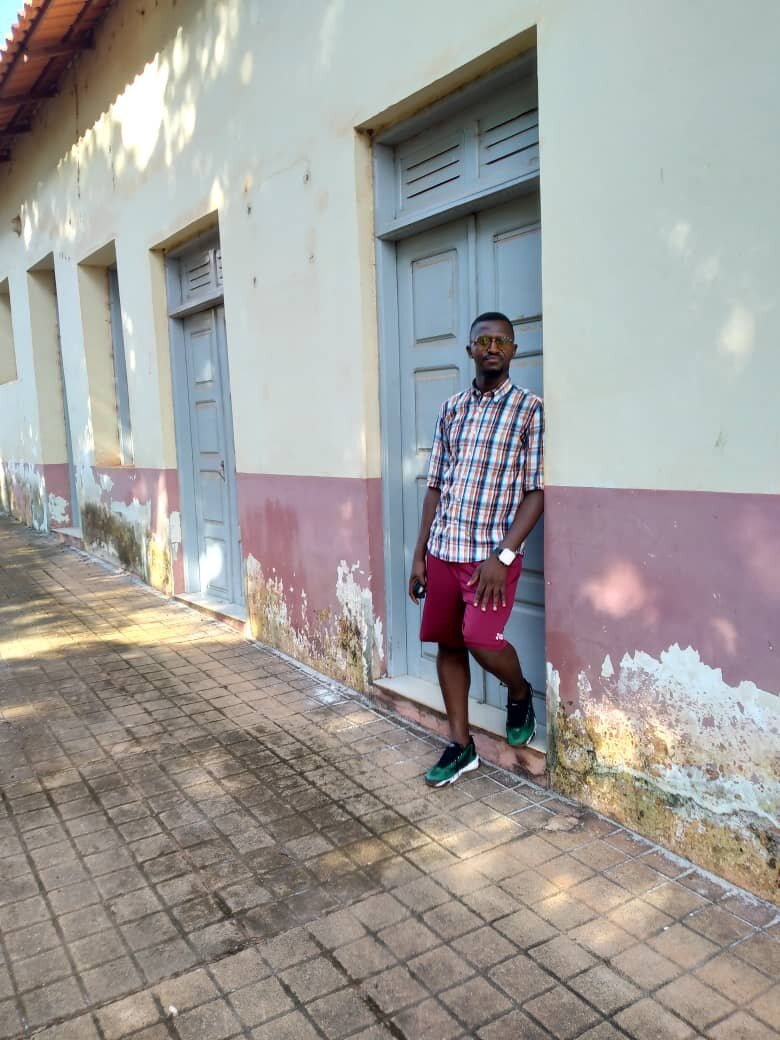
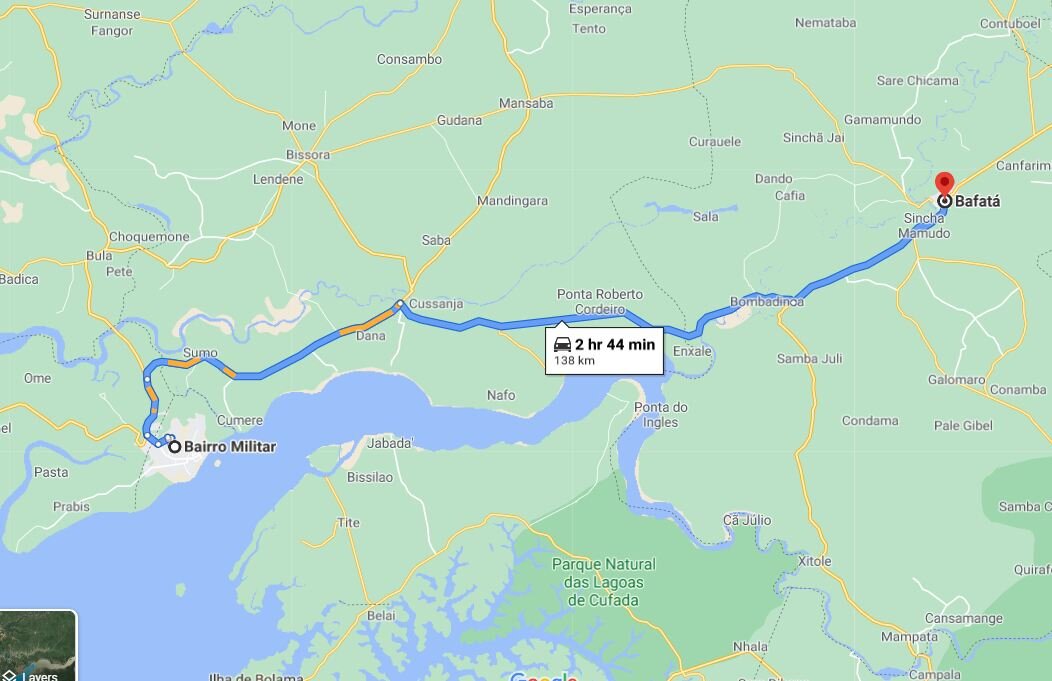
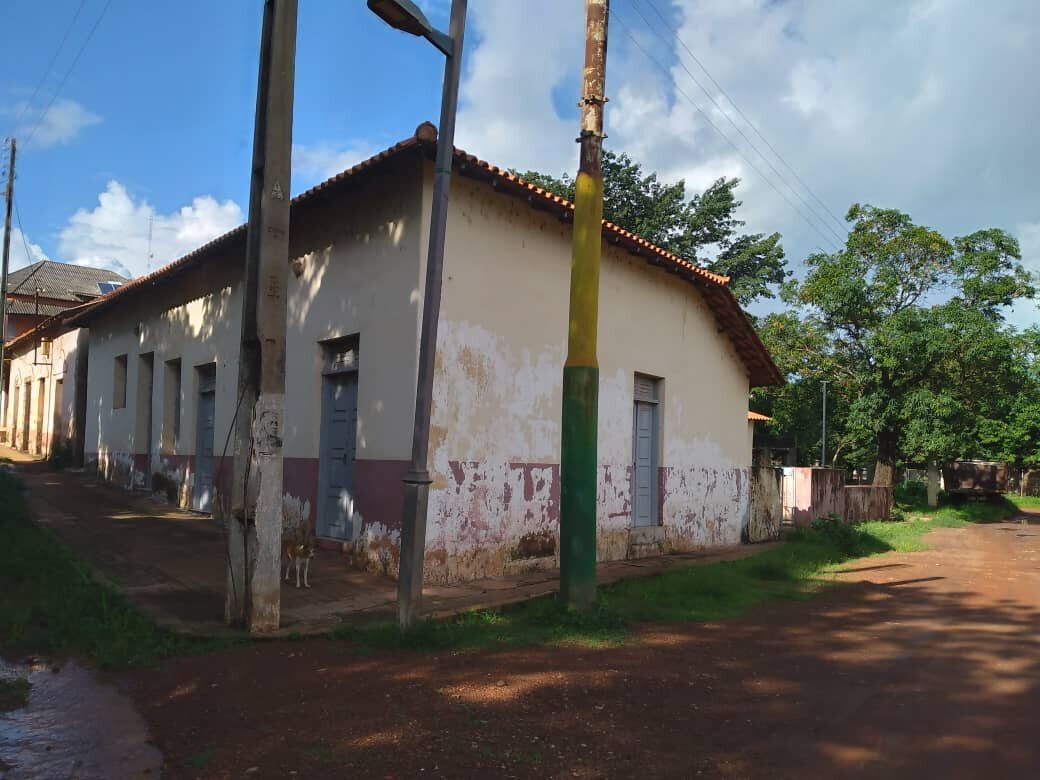
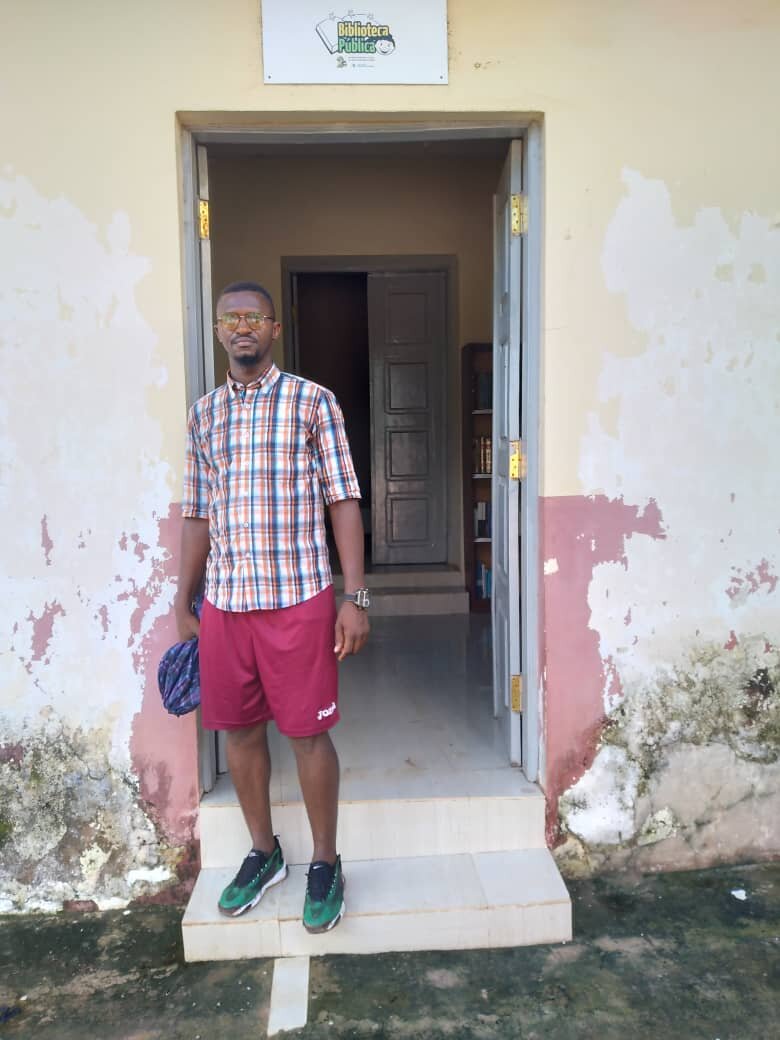
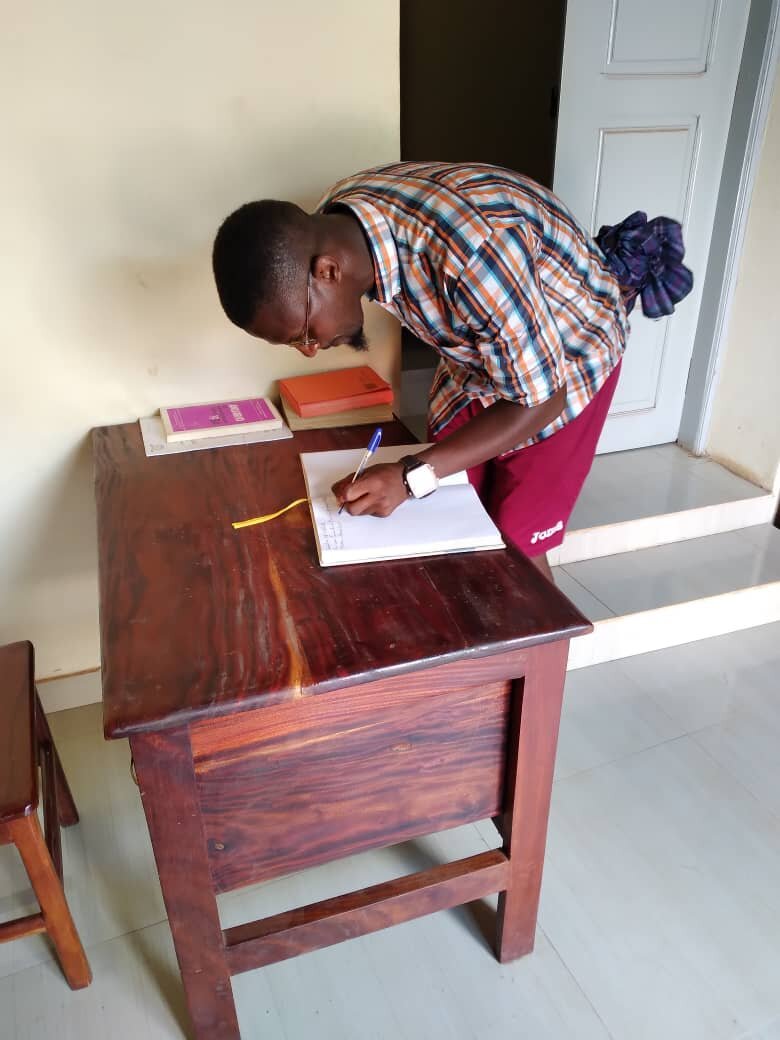
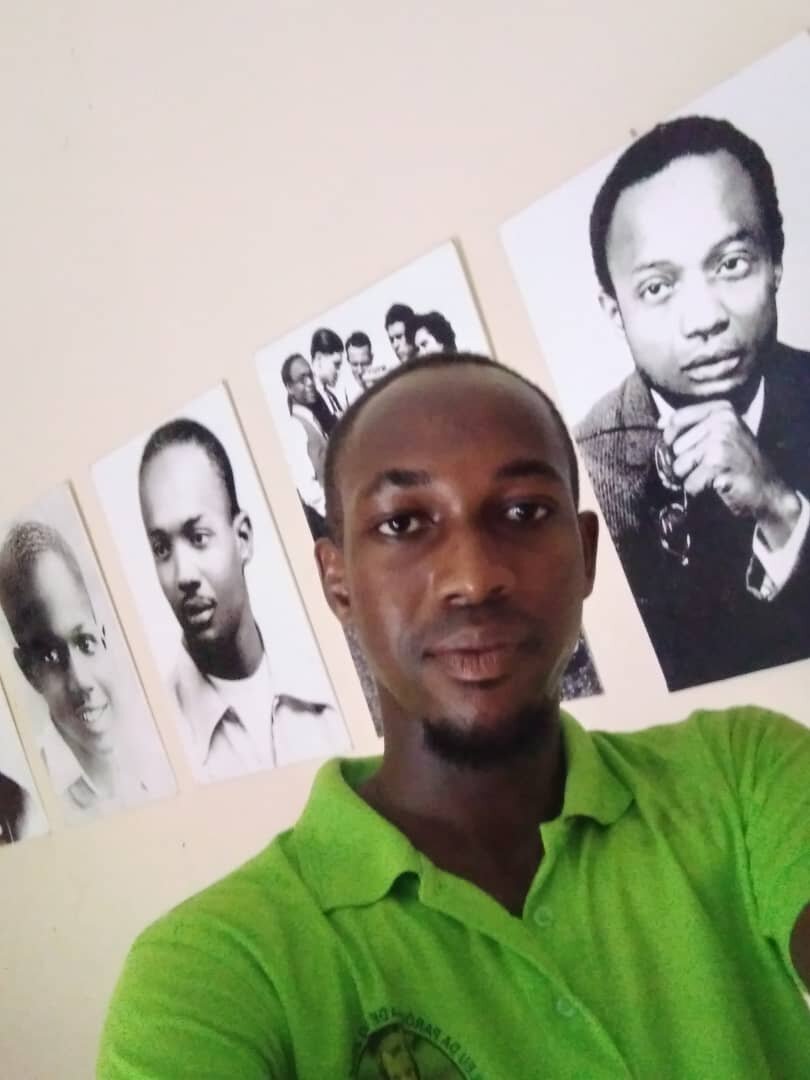
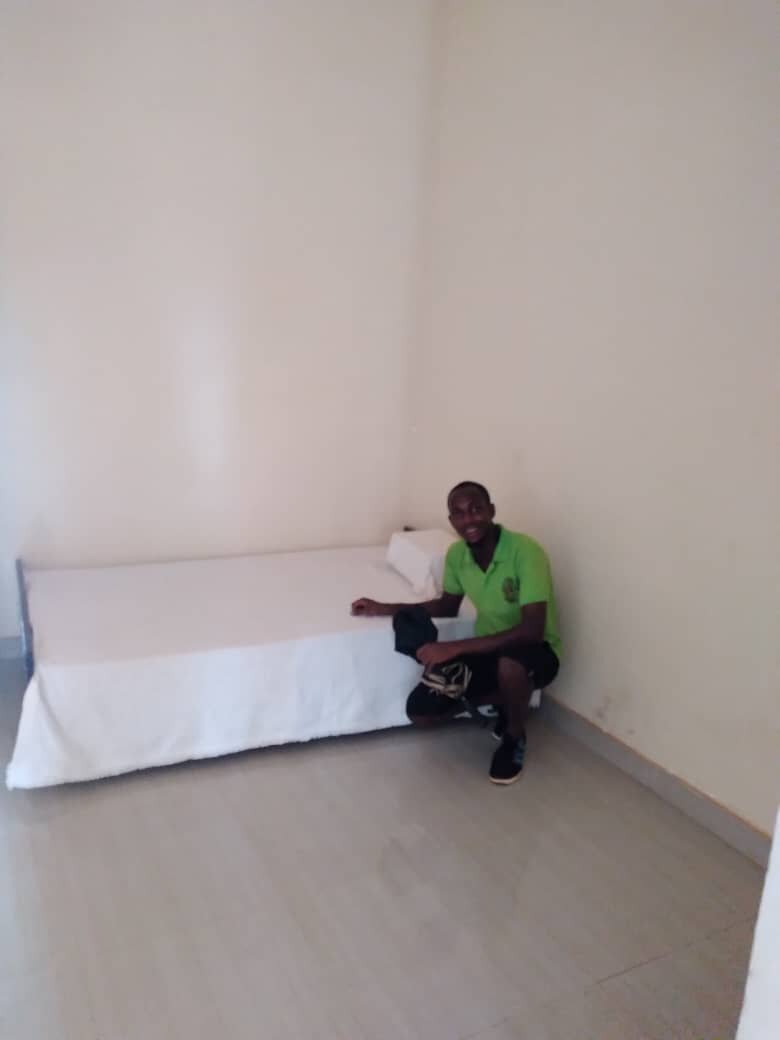


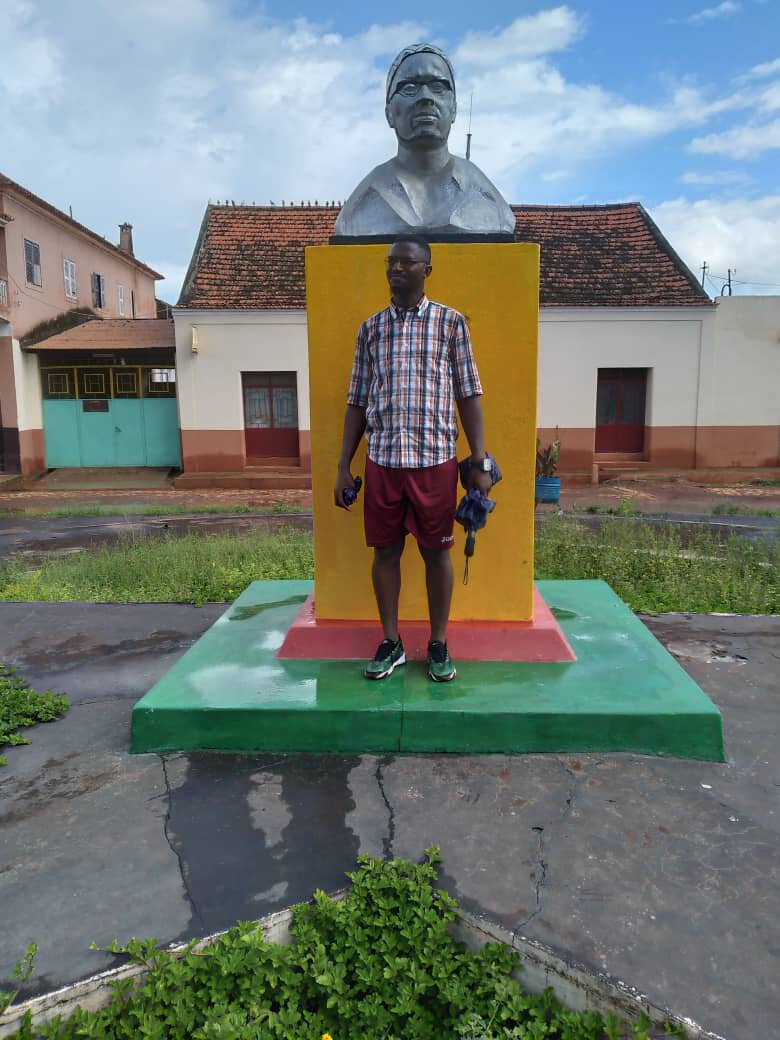
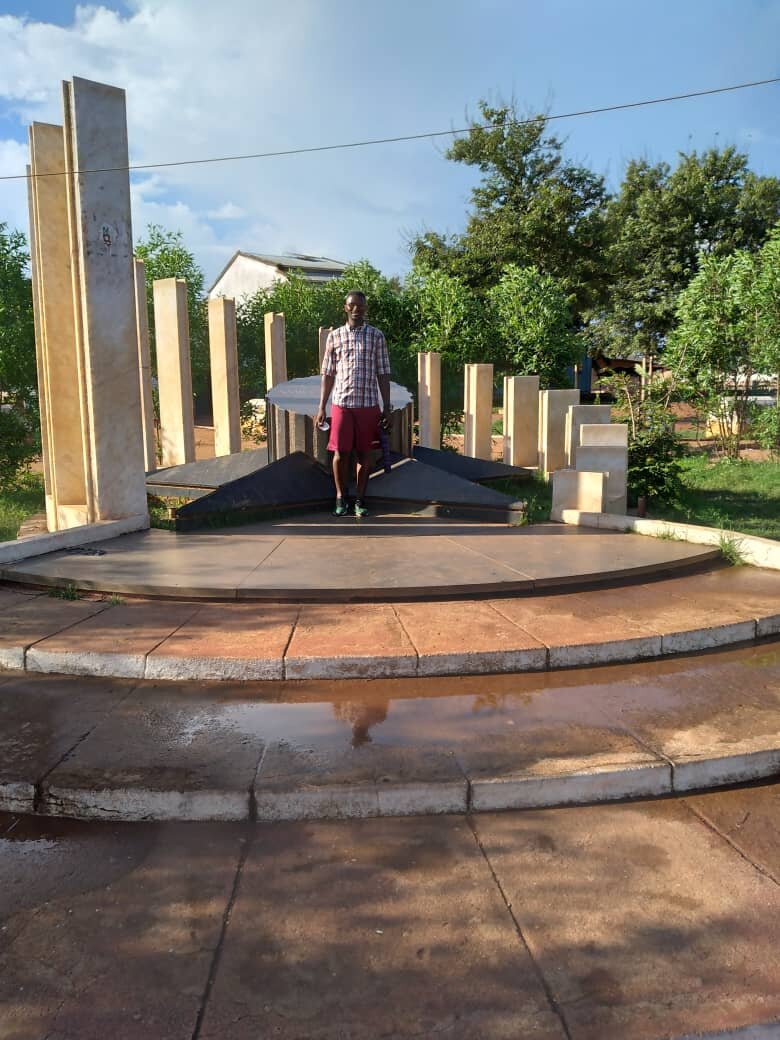
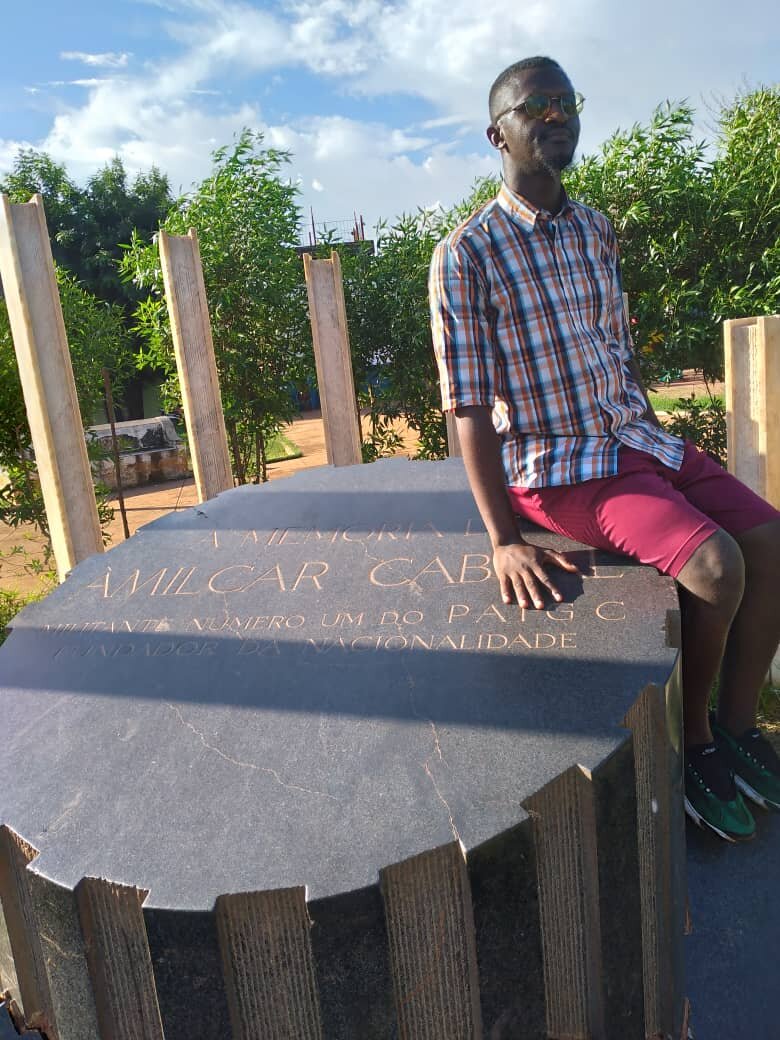
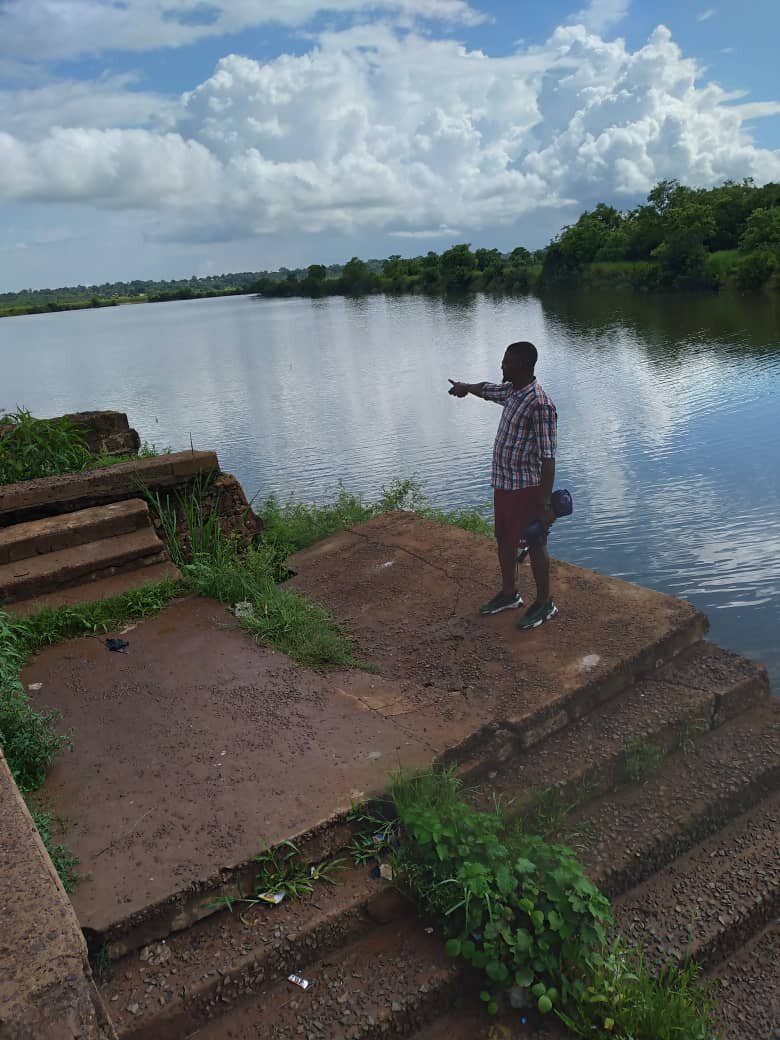
“I was able to visit Amilcar Cabral museum and his birth city, the house where he was born, and many things. First of all, once in Bafata, that was my first time. I have always heard of the place since I was born, but this was the first time I was able to visit. When I reach there, by the entrance, I passed a big paddy rice field and the city is seated on the top of a hill. Your view is that it is possible to see the entire city at once. It is very beautiful and it gives the impression of being a modern city.
As soon as you enter the city of Bafata, you see its a big like city with infrastructure…. That’s the first impression and immediately you recognize that in the past it was a beautiful city designed by the Portuguese colony. Unfortunately, it is down because of the lack of maintenance of the infrastructure. I also visited the downtown, walking from one side through the center to the other. In the middle is the statue of Amilcar Cabral and I took some pictures.
I ended my visit at the Amilcar Cabral Museum. It is the place where he lived with his family. I was told that the place was owned by a Lebanese man who gave it to Amilcar Cabral’s father. They lived there. I tried to imagine the kind of environment he lived in and in which he grew. You can see an extension of a paddy rice field. I immediately imagined it is one of the reason’s Amilcar Cabral chose to be an agronomist. Because everyday, when he wakes up and goes outside of this house, the first thing to see, apart from houses, is this paddy rice field. I can imagine at a very young age, he saw this paddy rice field everyday. Another thing that could have influenced Cabral to choose agronomy, is that when you enter Bafata, the first thing you see is the big paddy rice field. And when he wakes up, the first thing he sees is this paddy rice extension. And whenever he leaves the city, he passes another paddy rice field. So maybe all of this environment is what influenced Amilcar Cabral to study agronomy at the University. This was my thinking while standing there and seeing what Amilcar Cabral must have seen everyday.
The Amilcar Cabral Museum is in good condition inside. The outside is a bit dirty, but the inside is rehabilitated with new paint and mosaic tile on the ground. According to the Director, it was renovated in 2012. You can see, immediately, there is a library with different books about Amilcar Cabral and some that were written by him. In the main part of the museum are different pictures of Amilcar Cabral. There are pictures of Cabral at seven years of age and in his teenage years, as well as pictures after university and before his death. There is a section with Amilcar Cabral’s bed, too. I wanted to lay down on it, but the Director said it is too fragile and that I might break it! I took some pictures and it made me feel very close to Amilcar Cabral.
I was asking different questions, and one of the things that impressed me was about Amilcar Cabral’s mother. The Director told me that the “official” Amilcar Cabral mother now that people talk about is just an adopted mother. It is not his real mother. The woman adopted Amilcar Cabral. According to the Director, Amilcar Cabral’s father, Juvenal, went to Bafata. He was sent as a teacher. They put the Cape Verdean people at that time, who had educational privilege more than the Bissau Guinean….. With that privilege he was educated and sent to Bafata to be a teacher. He was sent a little bit outside the Bafata city. It is a Fula village. When Juvenal was in this village, he met a Fula girl and that Fula girl and Juvenal fall in love. After some time, the girl got pregnant, and as you know, at that time in Guinea Bissau, it is like a crime to get pregnant outside your own tribe. Imagine a Cape Verdean guy to impregnate a Fula girl. It is like a humiliation for the family.
When the family knew that Juvenal had impregnated the girl, it was a shame for the family. After the birth, a few days later, the family obliged the girl to give the baby to Juvenal because Juvenal could not stay there because they were not married and he was not Fula. So it was a big shame and after some days, they gave the baby to Juvenal and he took him. Juvenal also loved another woman from Cape Verde and that woman accepted to receive the infant Amilcar Cabral and raised him up until all of his days until he went to the University.
When the Director told me that, I was a bit surprised because that is something we (Bissau Guineans) are not taught. We are taught the Amilcar Cabral was born of the Cape Verdean woman. Now, when you see that Juvenal’s skin is a bit light compared to Amilcar’s skin. And the adoptive mother is a VERY light skinned woman. Amilcar is darker skinned when compared to his father. And this made me to believe more about this history because if the official story were true, Amilcar Cabral would likely be much lighter. So to me, this was evidence that the story of Amilcar Cabral’s Fula mother is true.
At the end, of it all, I asked the Director what commitment the government has made to the Museum. The Director said that, unfortunately, the government doesn’t do anything in particular to maintain the museum. Its a bit abandoned and it was only in 2012, after huge pressure, that the government did anything. They don’t pay attention to it. Even to get electricity, there is sometimes no power. Sometimes the Director has to pay his own money to maintain the place. He himself has not been paid for many months, I dare to say, years, he has not been paid. So it is difficult to keep the museum. But he tries to do his best and he keeps communicating to the central government the need to maintain the museum and pay him. Because a very important place like that, the government should maintain it for all generations because all generations need to know about Amilcar Cabral, the founder of this country. So it made me a bit sad…… After that, I came out from that place.”
